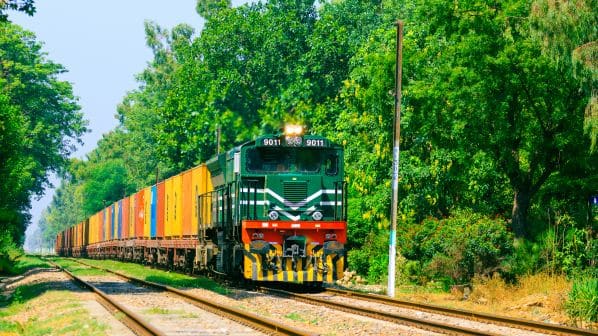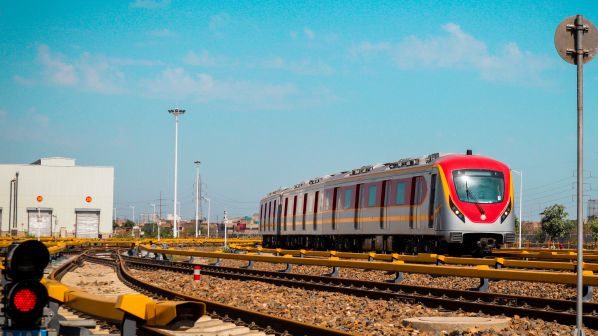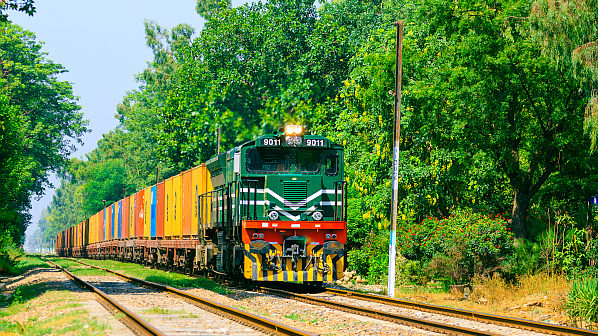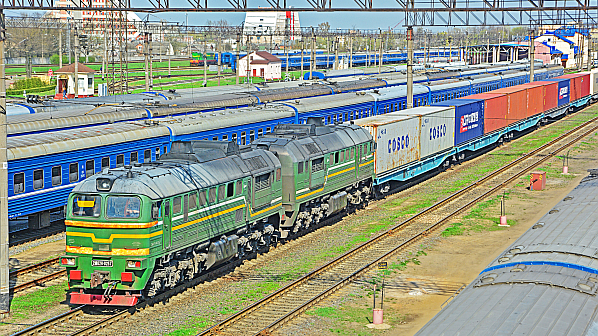THE 3000km China - Pakistan railway, part of China’s Belt and Road Initiative, should be explored due to its strategic significance, despite costing an estimated Yuan 400bn yuan ($US 57.7bn), a Chinese government-commissioned feasibility study has found.
The South China Morning Post reports that the line from Kashgar in China’s Xinjiang Uygur autonomous region to Pakistan’s port of Gwadar was assessed by researchers from the state-owned China Railway First Survey and Design Institute Group. The team, led by the institute’s deputy director of capital operations, Mr Zhang Ling, says the project would be the Belt and Road Initiative’s most expensive transport project.
The line would link China’s western regions with the Arabian Sea, bypassing the Strait of Malacca and reducing dependence shipping movements via the South China Sea. In a report published by the Chinese language journal Railway Transport and Economy, the researchers say the project has the potential to reshape trade and geopolitics across the Eurasian continent and should be supported.
Connections with other transport networks, including in Iran and Turkey, would also provide a more direct route to Europe for Chinese goods, while Pakistan is forecast to get a much-needed boost from improved infrastructure and easier trade with China.
However, the report says there could be issues with securing financing for the project.
“Due to energy shortages, poor investment environment and fiscal deficits, Pakistan’s economic growth rate has come under pressure,” the researchers say. “In terms of railway investment and construction, Pakistan is unable to provide sufficient financial and material support and mainly relies on Chinese enterprises for investment and construction.”
The high cost of the project is due in part to the mountainous and geologically complex terrain that the new railway would traverse. The project would also require supporting infrastructure such as ports and logistics facilities that might not be immediately available in Pakistan. The study adds that Pakistan’s labour policies could be unpredictable, which could also affect the line’s construction and operating costs.
The team noted that Pakistan has experienced security challenges in recent years, including in its western region, where the railway will pass through. Balochistan province, for instance, has been plagued by separatist violence for decades. This could potentially disrupt construction and operation of the railway and pose a risk to Chinese workers and investment. The report was also published before the arrest of former Pakistan prime minister Mr Imran Khan, a move which has led to violent protests across the country.
The researchers suggest that a build and transfer (BT) model would provide the best investment and financing strategy for the project. In the BT model, a contractor would be responsible for designing, building and financing the line, with payment on completion and ownership transferred to the government or other commissioning entity. The researchers said this would allow the risks associated with construction and operation to be allocated more effectively between China and Pakistan, potentially reducing the financial risks for both parties.
By ensuring that ownership of the railway was transferred to Pakistan, the BT model could also help to build trust between China and Pakistan by showing China’s commitment to supporting Pakistan’s long-term economic development, the report says.
“The government and financial institutions [in China] should provide strong support, increase coordination and collaboration among relevant domestic departments, strive for the injection of support funds and provide strong policy support and guarantees for the construction of this project,” the researchers say.
For detailed data on rail projects in Asia and around the world, subscribe to IRJ Pro.




